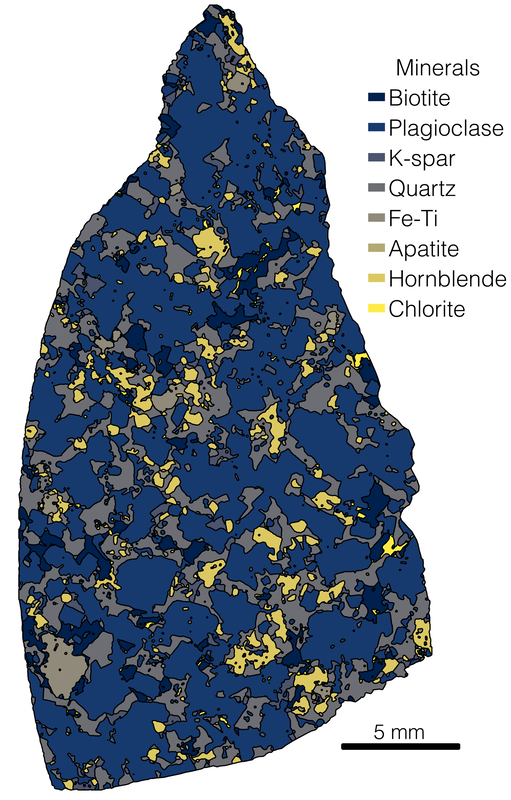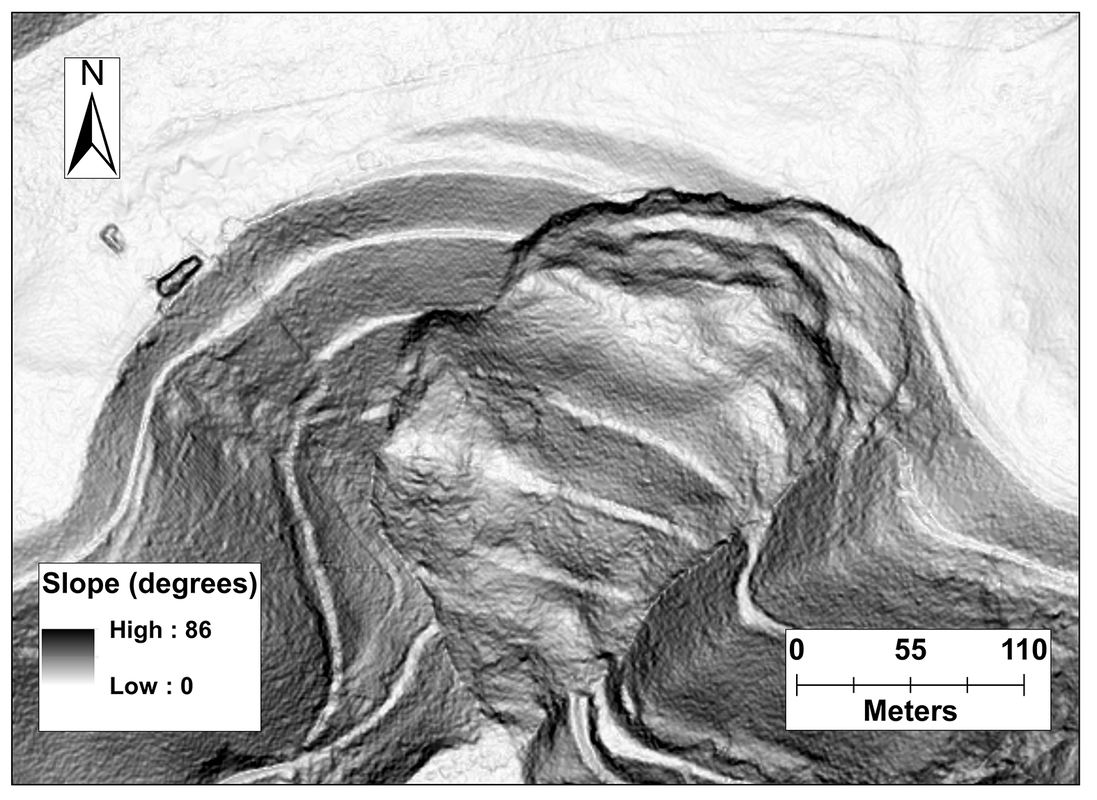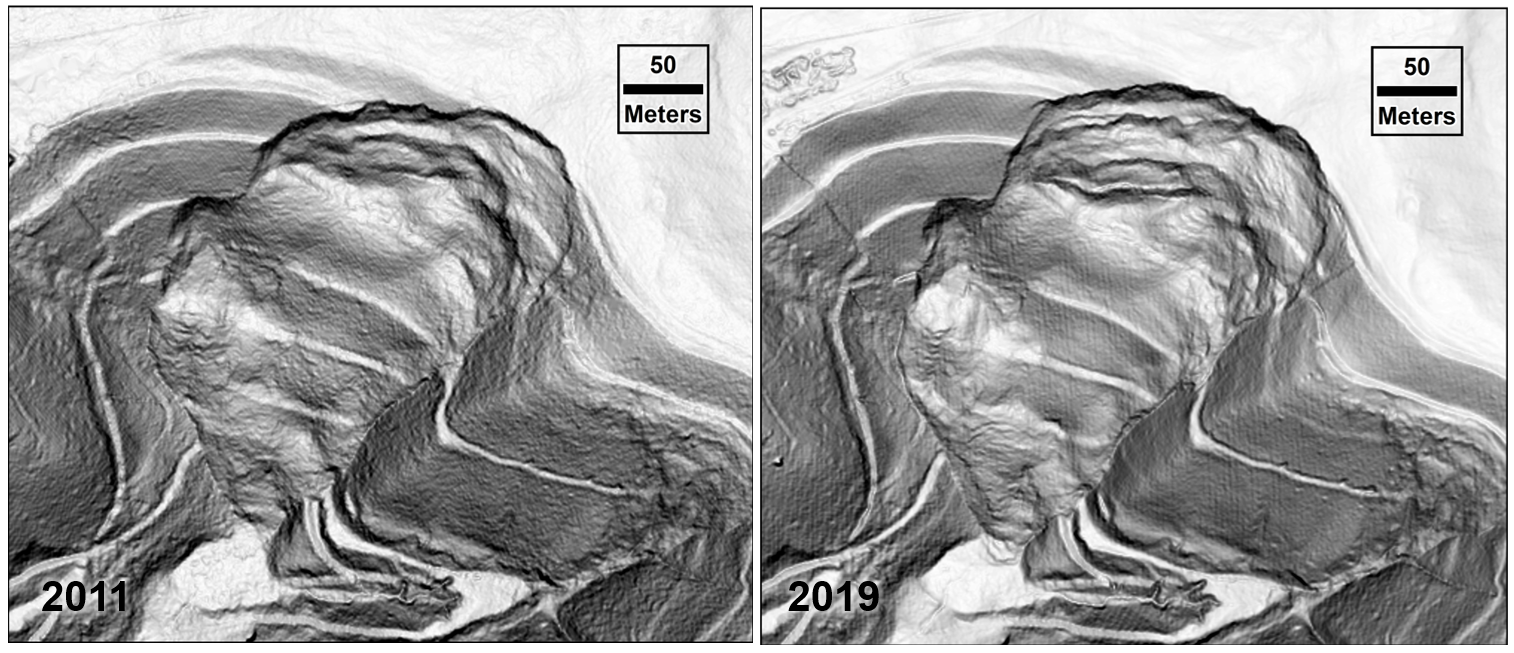Generally, I am interested in how the Critical Zone is modified and modifies earth surface processes. In the past, I could have been deemed a hillslope geomorphologist.
At UW-Madison Geoscience in the Ferrier Research Group, I am looking into the role biotite plays in saprolite formation with microanalysis, field work, remote sensing, and geochronology. I recently designed an open-source workflow for classifying minerals in plutonic rocks using energy dispersive spectroscopy using QGIS and Orfeo Toolbox.
At UW-Madison Geoscience in the Ferrier Research Group, I am looking into the role biotite plays in saprolite formation with microanalysis, field work, remote sensing, and geochronology. I recently designed an open-source workflow for classifying minerals in plutonic rocks using energy dispersive spectroscopy using QGIS and Orfeo Toolbox.
Here we have a classified thin section of the Rio Blanco tonalite from Puerto Rico, United States. By transforming the image to a vector form, biotite properties can easily be extracted.
I have also developed a component for a landscape evolution model that simulates the transport of cosmogenic radionuclides across hillslopes for evaluation of hypotheses stemming from paleo-denudation rate data and establishment of field methods for the detection of landscape transience. Read about that here. The model showed than in idealized perturbations of tectonic and climatic-related parameters displayed potentially field-recognizable patterns of inferred denudation rate. Also, the model showed than increases in bedrock uplift rate did not lead to inferred denudation rates that differed from actual ones.
I have also researched the geomorphology of mountaintop removal coal mines in Central Appalachia while at West Virginia University Geology & Geography. These reclaimed mines were subject to widespread peripheral gullying and landsliding. Read about that here (email me for a copy if no institutional access). If your geography/geology/science class is interested in hearing about this topic, I can tailor a talk about it to any grade level/educational stage. I plan to leverage the knowledge gained during my PhD to study this topic further.
1 m lidar-derived slopeshade of a large landslide within a valley fill (a landform created by mountaintop removal mining) in eastern Kentucky. This is behind somebody's home.
The new Kentucky lidar is very good and can be rendered at 0.5 m/pix with no artifacts. Here we see that the landslide has been mainly stable but the scarp has extended in center. There appears to be a a small fan forming at the toe due to erosion of the valley fill face.



